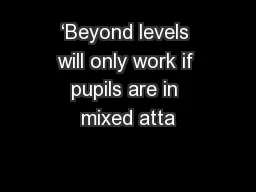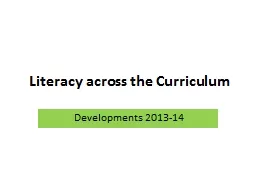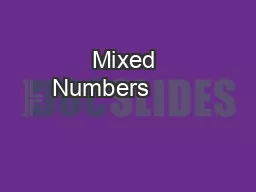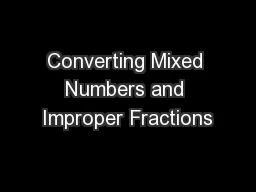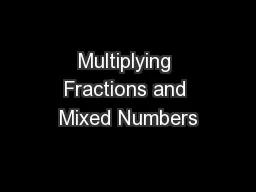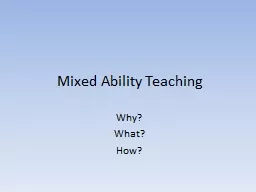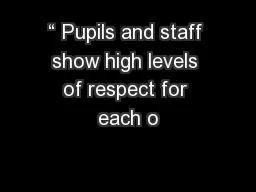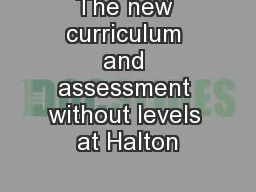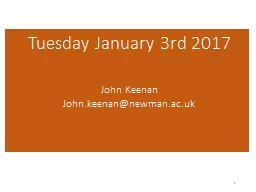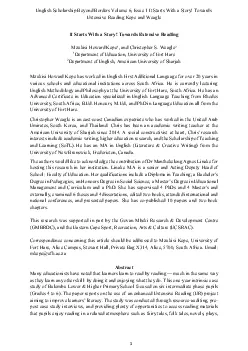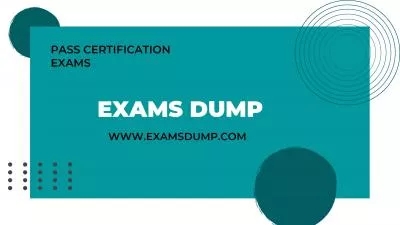PPT-‘Beyond levels will only work if pupils are in mixed atta
Author : liane-varnes | Published Date : 2018-01-16
Think Pair Share Hattie Diagnose what they dodont know Intervene Evaluate your impact Repeat In this class We all have different starting points We can all
Presentation Embed Code
Download Presentation
Download Presentation The PPT/PDF document "‘Beyond levels will only work if pupil..." is the property of its rightful owner. Permission is granted to download and print the materials on this website for personal, non-commercial use only, and to display it on your personal computer provided you do not modify the materials and that you retain all copyright notices contained in the materials. By downloading content from our website, you accept the terms of this agreement.
‘Beyond levels will only work if pupils are in mixed atta: Transcript
Download Rules Of Document
"‘Beyond levels will only work if pupils are in mixed atta"The content belongs to its owner. You may download and print it for personal use, without modification, and keep all copyright notices. By downloading, you agree to these terms.
Related Documents

